Building your own helicopter at home is a fascinating project that requires great attention to detail, skills, and knowledge. One of the critical aspects of building a homebuilt helicopter is selecting the right engine for your project.
Now which engine is good for homebuilt helicopter? We have the right answer for you! Ultralight helicopters like the Mosquito ultralight helicopter using the Compact Radial Engines MZ202 two stroke engine.
Contents
And Angel CH7 using the Rotax 582 engine have a recognized reliable history while other kit helicopters such as the Mini 500 by Revolution Helicopters using the same Rotax 582.
With so many options available in the market, it can be overwhelming to choose the ideal engine for your DIY helicopter.
Whether you’re looking for high performance, reliability, affordability, or a specific type of engine, it’s essential to consider your project’s requirements before making a choice.
In this article, we’ll explore different engine options for homebuilt helicopters and provide insights into the factors that you should consider when making a decision.
We’ll also discuss the popular homebuilt helicopter engines and provide a comparison of their performance metrics, costs, and suitability.
Key Takeaways
- Choosing the right engine is vital to the success of your DIY helicopter project.
- Factors to consider when selecting a homebuilt helicopter engine include reliability, performance, weight, and cost.
- Popular engine choices for DIY helicopters include Rotax, Subaru, and Lycoming.
- Engine installation and integration require technical knowledge and skills.
- Regular maintenance and safety checks are essential for the efficient and safe operation of your homebuilt helicopter engine.
Which Engine Is Good for Homebuilt Helicopter?

Choosing the right engine is a crucial step in building a homebuilt helicopter. With so many engine options available, selecting the best one for your project can be overwhelming.
This section will discuss the key factors to consider when making an engine selection.
Reliability
Reliability is one of the most critical factors to consider when selecting an engine for a DIY helicopter. A reliable engine will ensure safe and efficient operation and reduce the risk of costly repairs or downtime.
Before making a decision, research the engine’s history, user reviews, and maintenance requirements.
Performance
The engine’s performance is another essential consideration. The engine must deliver enough power to lift the helicopter off the ground and operate it safely and smoothly.
The performance should also match the weight and design of the helicopter. Consider factors such as horsepower, torque, and fuel efficiency when evaluating engine performance.
Weight
The weight of the engine is another critical factor to consider.
The engine’s weight should not exceed the helicopter’s weight capacity, as this can impact the aircraft’s stability and safety.
Consider the weight of the engine and any additional components required for installation when making a selection.
Cost
The cost of the engine and additional components is also a significant consideration. A high-performance engine will come at a premium price.
However, it is crucial to balance the engine’s cost with other critical factors such as reliability and performance.
Consider your budget and the entire cost of the project when making a decision.
Top Engine Choices for Homebuilt Helicopters
Some of the popular engines for building homebuilt helicopters include the Rotax 912, Subaru EA81, and AeroConversions AeroVee.
These engines have been tried and tested by many DIY helicopter enthusiasts and are known for their reliability, performance, and ease of installation.
When selecting an engine for a homebuilt helicopter, there are various factors to consider. These include reliability, performance, weight, and cost.
It is essential to evaluate each engine option thoroughly and consider individual project requirements before making a final decision.
The next section will explore the popular engine choices for homebuilt helicopters in more detail.
Popular Engine Choices for DIY Helicopters
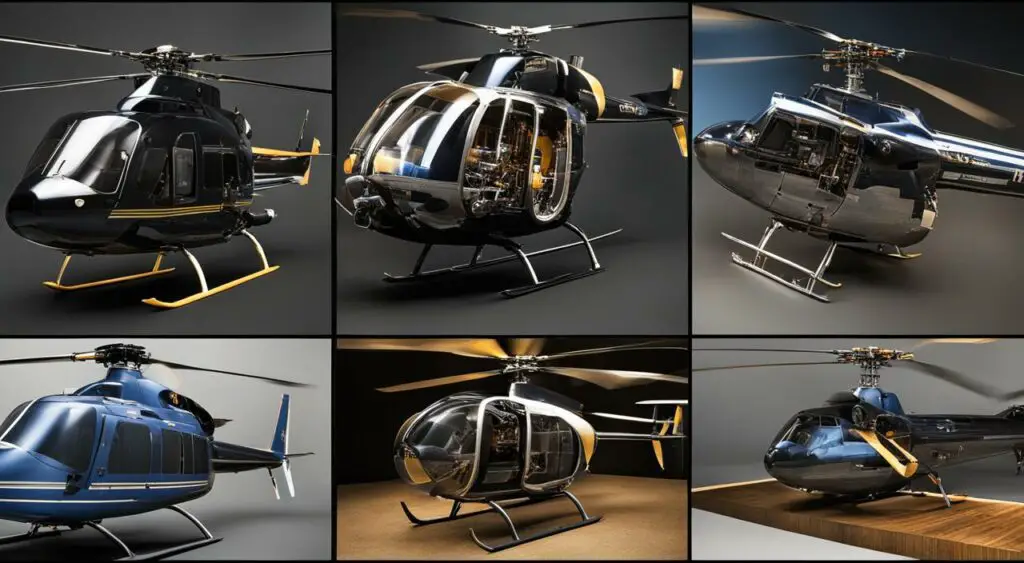
Choosing the right engine for a homebuilt helicopter project is crucial for its successful completion.
With so many engine options available in the market, it can be challenging to select one that fits the project’s requirements.
However, several engines have gained popularity among DIY helicopter builders due to their reliability and performance.
Here are some of the popular engine choices:
Rotax 912
The Rotax 912 is a popular choice for homebuilt helicopters due to its reliability, low fuel consumption, and lightweight design.
The engine’s four-cylinder, four-stroke design provides consistent power, making it a high-performance option for homemade helicopters.
It is also compliant with FAA and EASA regulations, making it a safe and regulated choice for DIY enthusiasts.
Hirth F-23
The Hirth F-23 is another engine option that has gained popularity among homebuilt helicopter builders.
Its air-cooled design makes it both lightweight and affordable. The engine’s high power-to-weight ratio also makes it an ideal choice for ultralight helicopters.
Additionally, the Hirth F-23 is a two-stroke engine that requires less maintenance than a four-stroke engine.
Liquid-Cooled VW
The liquid-cooled VW engine is a popular choice for DIY enthusiasts building a helicopter at home. Its affordable price and easy maintenance make it an attractive option in the market.
Additionally, its lightweight design and high power output make it suitable for lightweight helicopter models. The engine is also easy to find spare parts for, making it a reliable choice for homebuilt helicopters.
Subaru EA81
The Subaru EA81 is a four-cylinder, four-stroke engine that is popular among homebuilt helicopter builders due to its low weight, high power output, and reliability.
Its design makes it easy to maintain, and it is readily available in the market.
This engine also has a proven track record of successful helicopter builds, making it a safe and reliable choice for DIY enthusiasts.
Lycosaurus
The Lycosaurus is an eight-cylinder, four-stroke engine that is suitable for larger homebuilt helicopter models due to its high power output.
Its design provides excellent reliability, and it is easy to maintain.
Although it is a more expensive option in the market, the Lycosaurus is a high-performance engine that is also compliant with FAA regulations.
When selecting an engine for a homebuilt helicopter, it is important to consider individual project requirements, budget, and regulations.
The engines listed above are popular among DIY enthusiasts due to their suitability for homemade helicopters, reliability, and performance.
Engine Options Comparison for Homebuilt Helicopters

When it comes to selecting the right engine for a homebuilt helicopter, DIY enthusiasts have a wide range of options to consider.
However, not all engines are created equal, and each has its pros and cons that must be carefully evaluated before making a final decision.
In this section, we will compare some of the top engine options for homebuilt helicopters, analyzing their performance metrics, cost, and suitability for different DIY helicopter projects.
Top Engine for Homebuilt Helicopter
The most popular engine option for homebuilt helicopters is the Rotax 912 series engine.
This engine has established itself as a reliable and cost-effective choice for DIY helicopter builders, with a proven track record in the aviation industry.
The Rotax 912 engine has a maximum power output of 100 hp and a weight of around 140 pounds. It is a four-cylinder, four-stroke engine that runs on unleaded fuel, making it an eco-friendly option.
The Rotax 912 engine is also known for its low operating cost and relatively simple maintenance requirements.
However, it may not be the best choice for high-performance or ultra-fast helicopters, as it may not provide sufficient power for such projects.
High-Performance Engine for Homebuilt Helicopter
If you are looking to build a high-performance homebuilt helicopter, the Turbomeca Arrius 2F may be a suitable option.
This engine is capable of producing up to 500 hp, making it one of the most powerful helicopter engines available today. However, it is also one of the most expensive options, with a price tag of over $200,000.
The Turbomeca Arrius 2F engine is a turboshaft engine that runs on jet fuel, and it has a weight of around 255 pounds. It is typically used for larger helicopters, such as those with a seating capacity of six or more people.
Affordable Engine for Homebuilt Helicopter
If you are on a tight budget and looking for an affordable engine option for your homebuilt helicopter project, the Hirth F-33 may be a suitable choice.
This engine is a two-stroke engine that produces up to 28 horsepower, making it a lightweight and low-power option. However, it is also one of the most affordable helicopter engines available, with a price tag of around $4,000.
The Hirth F-33 engine is typically used for ultralight or experimental helicopters, as it may not provide sufficient power for larger or more complex projects.
Engine Recommendations for Homebuilt Helicopter
If you are looking for a reliable and versatile engine option for your homebuilt helicopter project, the Lycoming IO-540 series engine may be a suitable choice.
This engine is a six-cylinder, four-stroke engine that produces up to 350 horsepower. It runs on aviation gasoline and has a weight of around 400 pounds.
The Lycoming IO-540 engine is typically used for larger helicopters, with a seating capacity of four to six people.
It is also known for its reliability and ease of maintenance, making it a popular choice among DIY helicopter builders.
In summary, there are several engine options available for homebuilt helicopters, each with its strengths and weaknesses.
When selecting an engine for your DIY helicopter project, it is important to consider factors such as performance, weight, cost, and suitability for your specific project requirements.
By carefully evaluating your options and seeking expert advice, you can select an engine that will help you achieve your DIY helicopter building goals.
Selecting the Right Engine for a Homebuilt Helicopter
Choosing the right engine for a homebuilt helicopter is a crucial decision that can impact the helicopter’s performance and safety.
DIY helicopter builders must prioritize reliability, weight, and power when selecting an engine. One of the first factors to consider is the weight of the engine.
The engine must be lightweight to support the helicopter’s weight and lift.
Builders must also consider the power output of the engine to ensure it can meet the helicopter’s performance requirements.
There are various reliable engines for building a helicopter at home, including the Rotax 912, Subaru EA81, and Lycoming O-235.
These engines are popular among DIY helicopter enthusiasts due to their proven performance and reliability.
When selecting an engine, it is essential to conduct thorough research and seek expert advice to identify top-rated engines for DIY helicopter projects.
Builders should evaluate the engine’s compatibility with the helicopter’s design and assess the engine’s maintenance requirements and operating costs.
Ultimately, selecting the right engine for a homebuilt helicopter requires a careful evaluation of individual project requirements, performance metrics, and budget.
With the right approach, builders can identify and choose a reliable engine that can ensure optimal performance and safety for their DIY helicopter.
Keywords: choosing the right engine for a homebuilt helicopter, reliable engines for building a helicopter at home, top-rated engines for DIY helicopter projects
Engine Installation and Integration in Homebuilt Helicopters
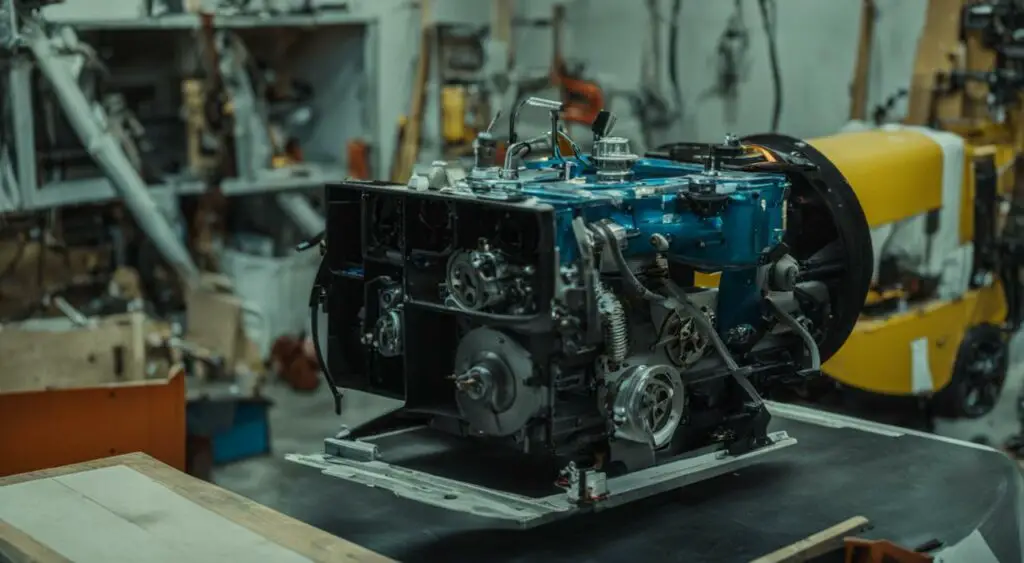
Engine installation and integration is a critical part of building a homebuilt helicopter.
It involves several technical considerations that must be addressed to ensure the engine operates reliably and safely.
One critical consideration is engine mounting. The engine must be securely mounted to the airframe to prevent it from moving during flight.
The engine mount should be designed to absorb engine vibration and ensure the propeller shaft is properly aligned. Fuel system integration is another essential consideration.
The fuel system must be designed to deliver a steady supply of fuel to the engine while preventing leaks and ensuring easy access for maintenance.
The fuel tank should be mounted securely and fitted with proper vents and filters. Electrical connections are also critical for engine integration.
All wiring must be properly connected to ensure the engine’s electrical components function correctly and safely.
Any electrical components, such as the starter motor, must be securely mounted and wired according to the manufacturer’s specifications.
Finally, cooling requirements must be considered. The engine must be cooled adequately to prevent overheating, which can significantly affect performance and safety.
The cooling system should be designed to ensure adequate airflow to specific engine components, such as the cylinder heads and oil cooler.
Engine Installation and Integration Tips:
- Follow the engine manufacturer’s installation and integration instructions closely.
- Seek the advice of experienced builders and experts in engine installation and integration.
- Ensure all components are properly secured and torqued according to the manufacturer’s specifications.
- Test the engine and fuel system thoroughly before the first flight.
- Perform regular maintenance on the engine and all installed systems.
“Proper installation and integration of the engine are crucial for the safe and reliable operation of a homebuilt helicopter.”
Maintenance and Safety Considerations for Homebuilt Helicopter Engines
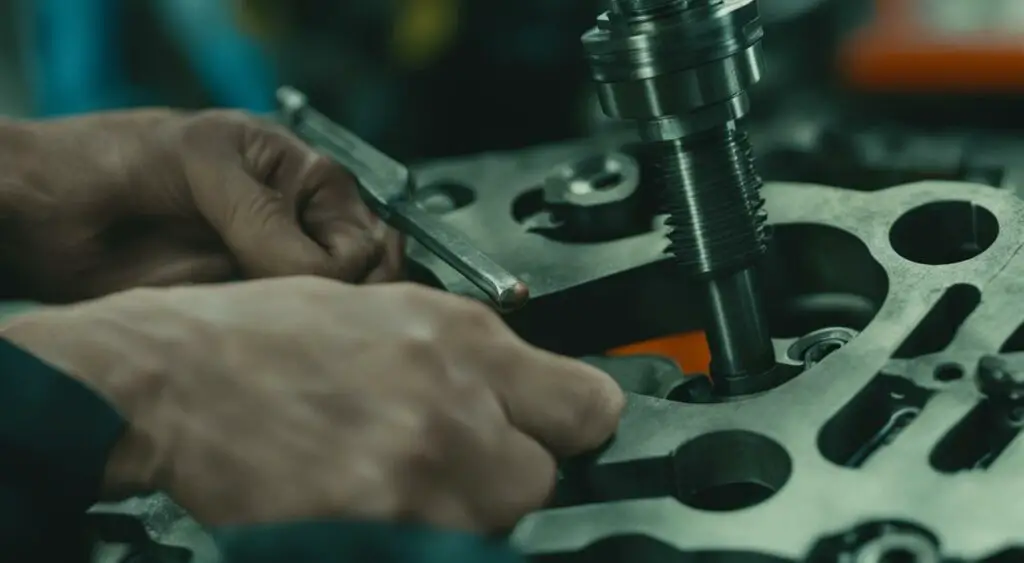
Proper maintenance and safety considerations are crucial to ensure reliable and safe operation of homebuilt helicopter engines.
DIY helicopter builders should prioritize regular maintenance, inspections, and troubleshooting to avoid engine failures and potential safety hazards.
When it comes to homebuilt helicopter engines, Rotax engines are a popular choice due to their reliability and performance.
These engines have a proven track record in the aviation industry and come with various options that can cater to different DIY helicopter projects.
One of the primary maintenance tasks for homebuilt helicopter engines is checking the number of hours flown and the remaining hours of operation.
A Rotax engine, for example, should be overhauled after 300 hours of flight.
DIY helicopter builders should keep a logbook to document the engine’s flight hours, oil changes, inspections, and maintenance tasks.
In addition, it is essential to perform regular inspections on the engine’s critical components, such as the spark plugs, oil filter, and air filter.
These components should be checked for proper functioning, and any signs of wear and tear should be addressed immediately to avoid engine failure.
Another critical area to consider is the fuel system of the homebuilt helicopter engine.
DIY helicopter builders should ensure that the fuel lines and filters are inspected regularly, and the fuel system is free of leaks and contamination.
They should also ensure that the fuel used meets the engine manufacturer’s specifications. Cooling requirements are also significant considerations for homebuilt helicopter engines.
The engine must remain at the appropriate operating temperature to avoid overheating or cold-start issues. Builders should ensure that the cooling system is functioning correctly and the engine is receiving adequate airflow.
Finally, safety precautions should be taken seriously when dealing with homebuilt helicopter engines.
Builders should always refer to the engine manufacturer’s guidelines and seek expert advice when unsure about the engine’s maintenance or repair.
Safety equipment, such as goggles and gloves, should be worn while working on the engine to prevent accidents.
“Regular maintenance and inspections are critical to ensure the safe and reliable operation of homebuilt helicopter engines.”
Building and Testing Your Homebuilt Helicopter Engine
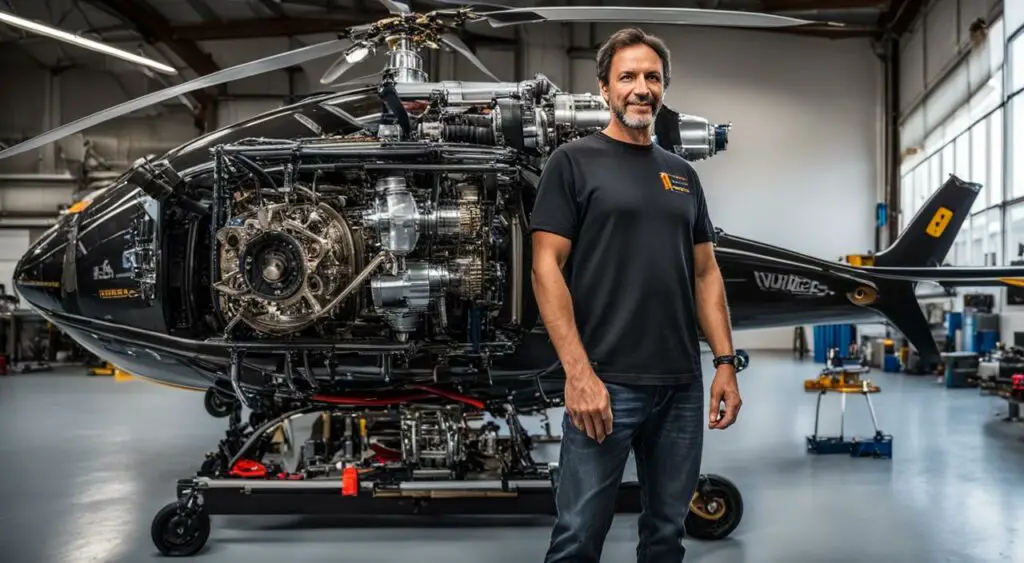
Building and testing a homemade helicopter engine can be a challenging but rewarding experience for DIY enthusiasts.
There are different types of engines available in the market, including jet engines, stroke engines, and power generators.
However, to build a helicopter engine, it is essential to consider certain factors such as weight, power output, and fuel efficiency.
The following section provides insights on the various aspects of building and testing an engine for a homebuilt helicopter.
Determining the Engine Requirements
Before building the engine, it is essential to determine the engine’s requirements based on the aircraft’s specifications.
This includes factors such as power output, weight, and fuel consumption.
For instance, ultralight homebuilt helicopters require engines that have a low weight-to-power ratio and high fuel efficiency.
On the other hand, homemade helicopters that require a higher power output may need jet or turbine engines.
Choosing the Right Components
Choosing the right components is crucial to building a reliable and high-performance engine. This includes selecting the right cylinder heads, pistons, camshafts, and crankshafts.
It is essential to ensure that all components are compatible with each other and meet the engine’s requirements.
Additionally, selecting components from reputable manufacturers can help ensure reliability and performance.
Testing the Engine
Once the engine is built, it is essential to test it before installation. This ensures that the engine is running at optimal levels and meets the aircraft’s specifications.
Testing should include checking for leaks, monitoring the engine’s oil pressure and temperature, and performing a compression test.
It is also crucial to conduct a power output test to ensure that the engine is producing the desired level of power for the aircraft.
Installation and Integration
After the engine is built and tested, it is time to install and integrate it into the aircraft.
This includes mounting the engine on the airframe, connecting the fuel system and electrical components, and ensuring proper cooling.
The installation process should be done carefully to ensure that the engine is properly aligned and secured. Additionally, all connections should be checked and double-checked before starting the engine.
Building and Testing the Landing Gear
Building and testing the landing gear is an essential part of building a homemade helicopter.
The landing gear must be able to withstand the aircraft’s weight and provide adequate support during takeoff and landing.
Additionally, it should be able to absorb shock to prevent damage to the aircraft or the passengers. Testing the landing gear should include checking for stability, strength, and shock absorption.
Regulatory Compliance
It is essential to ensure that the homebuilt helicopter engine complies with all relevant regulations and safety standards.
This includes obtaining the necessary certifications and adhering to guidelines set by the Federal Aviation Administration (FAA) or other regulatory bodies.
Homebuilt helicopter builders should also ensure that the aircraft is properly registered and meets all safety and operational requirements.
Building and testing a homemade helicopter engine is a complex process that requires careful attention to detail and adherence to safety standards.
However, with the right components, knowledge, and expertise, DIY enthusiasts can successfully build and test their own homebuilt helicopter engines.
Engine Certification and Regulatory Compliance for Homebuilt Helicopters
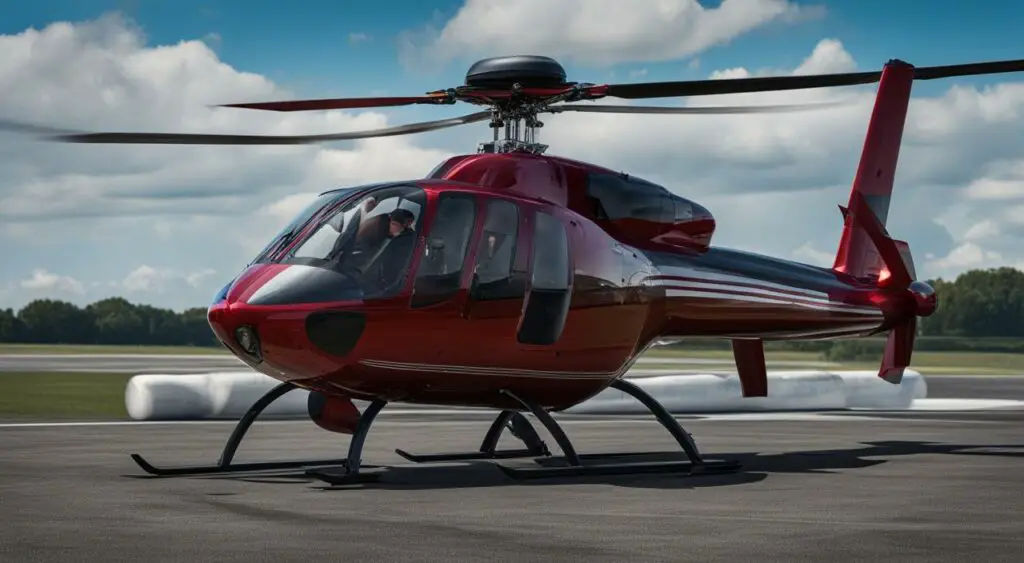
When it comes to building a homebuilt helicopter, complying with regulations and certifications is crucial to ensure the aircraft’s safety and legality.
In terms of engine certification, the Federal Aviation Administration (FAA) provides guidance on evaluating engines for use in amateur-built and experimental aircraft.
The FAA also requires that engines used in homebuilt helicopters meet certain specifications, including power output, space requirements, and weight restrictions.
The space requirements and weight restrictions vary depending on the type of homebuilt helicopter being constructed.
For example, if building an ultralight helicopter, the weight limit for the engine is significantly lower than that of a traditional helicopter.
Additionally, the engine’s power output must be appropriate for the helicopter’s size and weight, as well as the altitude and flight conditions in which it will be operated.
Furthermore, the FAA provides a guide for amateur-built and experimental aircraft that outlines the certification and airworthiness requirements for homebuilt helicopters.
This guide covers everything from engine installation and inspection procedures to pilot training and operating restrictions.
| Regulation | Description |
|---|---|
| Part 103 | Ultralight vehicles regulations |
| Part 91 | General operating and flight rules |
| Part 43 | Maintenance, preventive maintenance, rebuilding, and alteration |
| Part 21 | Certification procedures for products and parts |
These regulations and guidelines are put in place to ensure that homebuilt helicopters are safe and reliable, both for the pilot and those on the ground.
Failure to comply with these regulations can result in fines, legal issues, and even accidents. When building a homebuilt helicopter.
It is important to consult with a certified aviation mechanic or inspector to ensure that the engine and aircraft meet all necessary regulations and certifications.
This individual has the expertise and knowledge to guide builders through the process and ensure that their project meets all necessary requirements.
By following these regulations and guidelines, builders can create a safe, reliable, and legal homebuilt helicopter that they can be proud of.

Conclusion
In conclusion, selecting the right engine is crucial for building a successful homebuilt helicopter. While there are numerous engine options available, factors such as reliability, performance, weight, and cost should be considered when making a choice.
It is important to prioritize individual project requirements and seek expert advice during the decision-making process.
Popular engine choices for DIY helicopter builders include Rotax, Subaru, and Volkswagen engines, which have gained popularity due to their reliability and availability in the market.
However, a thorough comparison of engine options is necessary to make an informed decision.
After selecting an engine, installation and integration in homebuilt helicopters require careful attention to technical aspects such as engine mounting, fuel system integration, and cooling requirements.
Routine maintenance, inspections, and safety precautions are also critical for reliable and safe engine operation.
Building and testing a homebuilt helicopter engine requires careful consideration of necessary steps, resources, and expertise.
Engine certification and regulatory compliance are also essential for meeting legal requirements when building and using a homebuilt helicopter.
Overall, selecting the right engine for a homebuilt helicopter is a complex process that requires thorough research and careful consideration of individual project requirements.
By prioritizing reliability, performance, and safety, DIY helicopter builders can build successful projects that achieve their desired outcomes.

FAQ
-
Which engine is good for a homebuilt helicopter?
The choice of engine for a homebuilt helicopter depends on various factors such as the helicopter’s size, weight, power requirements, and budget. Some popular engine options for DIY helicopters include the Rotax 912 series, Lycoming O-320, and Continental O-200. It is important to research and consult with experts to determine the best engine for your specific project.
-
What factors should be considered when choosing a homebuilt helicopter engine?
When selecting an engine for a homebuilt helicopter, factors such as reliability, performance, weight, fuel efficiency, availability of spare parts, and cost should be considered. It is crucial to evaluate these factors against your project’s requirements and prioritize what is most important for your intended use.
-
What are the popular engine choices for DIY helicopters?
Some popular engine choices for DIY helicopters include the Rotax 912 series, Subaru EJ22, Volkswagen air-cooled engines, and Honda V6 engines. These engines have gained popularity due to their reliability, performance, and availability in the market. However, it’s essential to thoroughly research and consider your project’s specific requirements before making a decision.
-
How do engine options for homebuilt helicopters compare?
Engine options for homebuilt helicopters can vary in terms of performance, cost, weight, fuel efficiency, and ease of integration. It is recommended to compare different engine options based on these factors and align them with your project’s needs. Consulting experts and fellow DIY helicopter builders can provide valuable insights and recommendations.
-
How do I select the right engine for a homebuilt helicopter?
Selecting the right engine for a homebuilt helicopter involves matching the engine’s power, weight, and other specifications to the helicopter’s design and intended use. It is crucial to evaluate different engine options, consider your project’s requirements, and seek expert advice to make an informed decision.
-
What are the considerations for engine installation and integration in homebuilt helicopters?
Engine installation and integration in homebuilt helicopters require careful consideration of factors such as engine mounting, fuel system integration, electrical connections, and cooling requirements. It is essential to follow manufacturer guidelines, consult experts, and ensure compliance with safety regulations during the installation process.
-
What maintenance and safety considerations are there for homebuilt helicopter engines?
Ensuring proper maintenance and safety of homebuilt helicopter engines is crucial for reliable and safe operation. Regular maintenance, inspections, and adherence to manufacturer’s guidelines are necessary. It is also important to be familiar with troubleshooting procedures, safety precautions, and seek professional assistance when needed.
-
How can I build and test my homebuilt helicopter engine?
Building and testing a homebuilt helicopter engine requires careful planning, following appropriate building methods, and ensuring access to necessary resources. It is recommended to seek guidance from experienced builders, utilize reputable sources of information, and adhere to safety protocols during the building and testing process.
-
What are the engine certification and regulatory compliance requirements for homebuilt helicopters?
Engine certification and regulatory compliance requirements for homebuilt helicopters vary by jurisdiction. It is essential to research and understand the specific regulations and certification processes that apply to your location. Consulting with regulatory authorities and seeking expert guidance can help ensure compliance with legal requirements.
-
What are the key takeaways for selecting the right engine for a homebuilt helicopter?
The key takeaways for selecting the right engine for a homebuilt helicopter include thorough research, considering the helicopter’s specific requirements, prioritizing factors such as reliability and performance, seeking expert advice, and ensuring compliance with safety and regulatory requirements. It is crucial to make an informed decision based on your project’s needs and limitations.
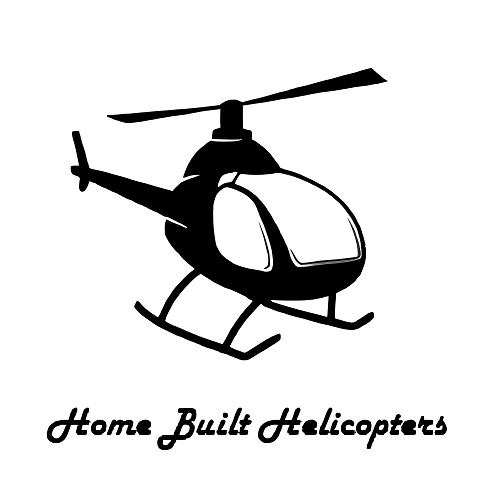

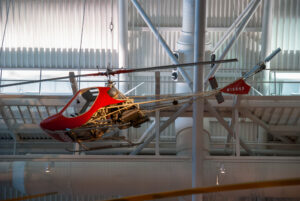
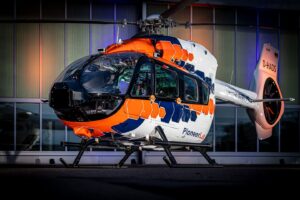


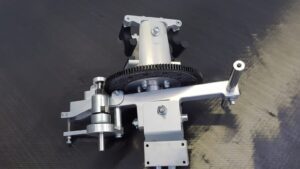
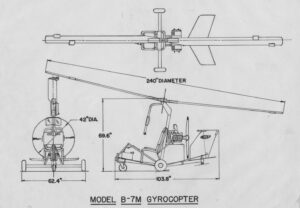
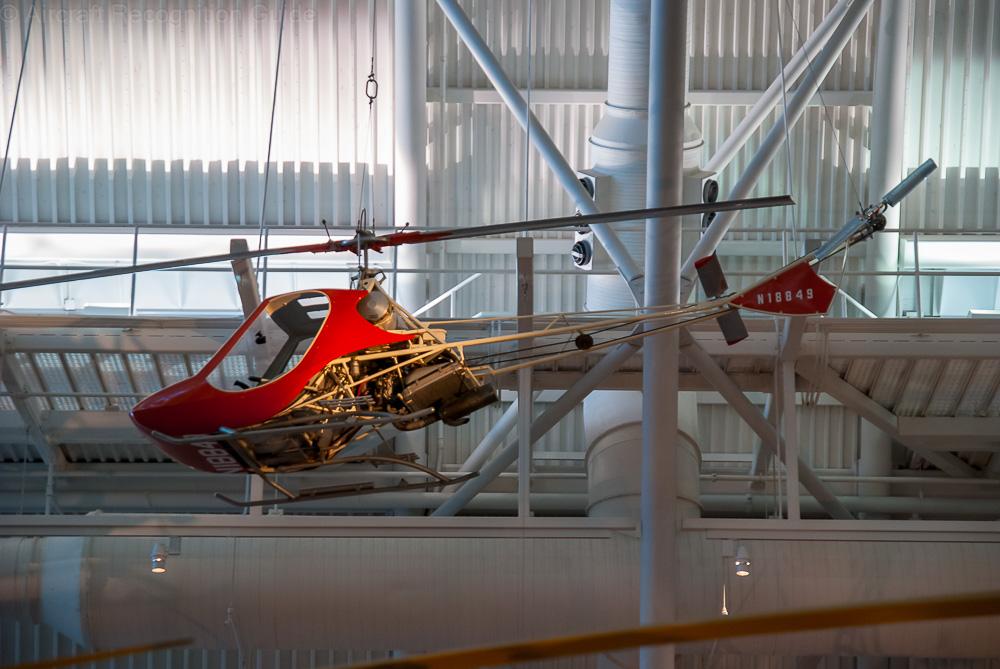


Leave a Reply